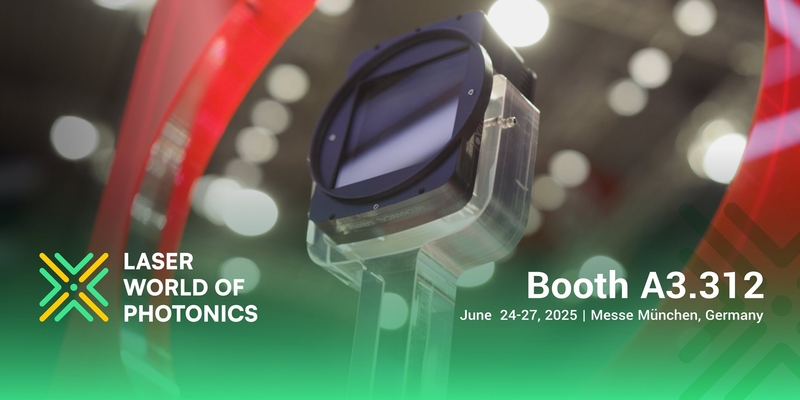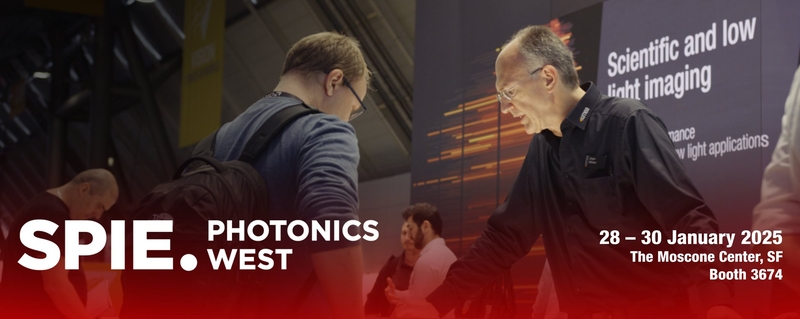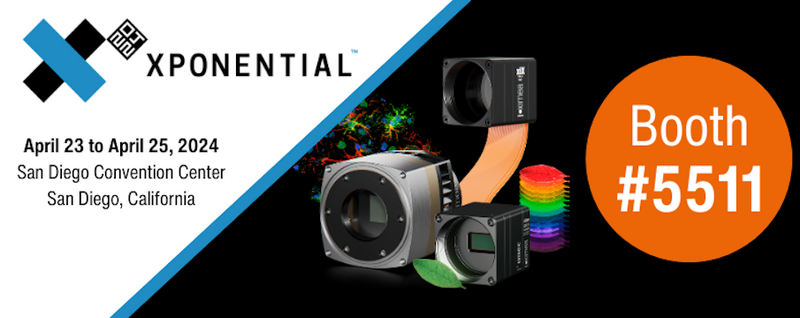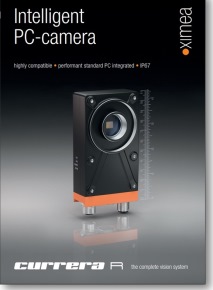
- Home
- News
- Press release
- Product news
- CURRERA-R's characteristics obsolete Smart Cameras
PRODUCT IS DISCONTINUED - check with SALES for options.
Smart Camera and camera-cable-PC models are converging, and the meeting point is Intelligent Vision System. This type of devices is the native successor to traditionally build imaging systems.
Smart Cameras
Traditionally built around Texas Instruments C64x+ DSP architecture with clock speeds up to 1GHz, or Analog devices Blackfin, or separate RISC + DSP and/or FPGA. The one of major criteria for success of traditional Smart Camera product is its software. The fact is that the creation of an imaging application from scratch for DSP/FPGA base Smart Camera is not a simple task, and thus machine vision integrators and system builders are confined by software solutions provided by single vendor. Variety of hardware platforms and respective incompatibility makes it very difficult, if not impossible, to consider an alternative software solution. Development of DSP, RISC and FPGA architectures, lower price for newer silicon generations encourages development of new designs, but drawbacks are backward incompatibility and excessive software maintenance and support.
Camera - cable - PC
Regular video system consisting of a generic digital camera with standard image streaming interface such as GigE Vision compliant, CameraLink, IEEE1394A/B, CoaXPress and USB2, are free from constraint of one to one matching of camera hardware and software, but suffering from other disadvantages:
High component cost of CameraLink frame grabbers and cables, CoaXPress infrastructure.
Low performance and high software stack overheads for 1394A/B and USB2.
Even GigE Vision is not capable to deliver amount of data which can be processed by single Atom processor, and so to cope with sensor bandwidth solutions like dual Gigabit Ethernet or 10G Ethernet appear, again making system more expensive due to higher requirements for on-board resend memory buffer, higher power consumption and heat dissipation.
Extrapolating development paths of Smart Camera and traditional imaging system technologies we infer that they are merging into Intelligent Vision System.
Moore law stipulates doubling of transistors, hard disk capacity, memory chips, performance every ~18 months. Moreover, the same dependency exists for PPD - Pixels per Dollar, and sensor speeds. This requires more and more energy to communicate image data over standard cable interfaces - CameraLink, GigE Vision, IEEE1394B and CoaXPress.
In the same time high integration, 45 nm and below semiconductor process, reduced power consumption are making it possible to use embedded Atom processors with traditional CISC architecture empowered with SIMD (SSE2/SSE3) as the main computational core and the host for operating system tasks. Such processor coupled with modern FPGA fabric featuring embedded gigabit SERDES makes it possible to build complete vision system inside a housing which is just 2.5 times bigger than iPhone, but exhibits properties of the of regular PC and camera sensor together. And it is much more than just simple sum of ingredient's properties. A few millimeters distance between the sensor and main system memory allows the use of local bus resources - PCI express with smart scatter/gather DMA controller for transparent and seamless delivery of image data. The whole technology, codenamed CamExpress, exist as a proprietary FPGA IP core plus thin driver layer responsible for allocating a circular pool of physical memory pages and interrupt handling. Major achievement is that CamExpress reduces the CPU load to as low as only one hardware interrupt per whole frame. This way CamExpress ensures "true zero copy" model of Currera. CamExpress technology is the core of Intelligent Vision System data pump.
One of enabling factors for Intelligent Vision System technology is wide range of commercially available machine vision software products. Image processing libraries cover wide range of application fields, such as inspection, identification, measurements, surveillance, etc.
So, Currera products from Ximea are bringing together best of both Smart Camera and regular imaging system.
Near future: Currera-R2 – based on Tunnel Creek generation, gives even lower power consumption and ability to hook 2 and even 3 sensors with up to 10 meter long cables, real time full HD h.264 encoding, etc.
Cedar Trail generation based on 32nm technology will deliver higher pixel clocks and more powerful GPU which will be used for accelerated processing primitives based on OpenCL standard.
Far future: graphene to create a whole new era of semiconductor structures, like ballistic transistors and NEMS sensor devices.
So, keep watching how Intelligent Vision System steps into your life.
Related articles
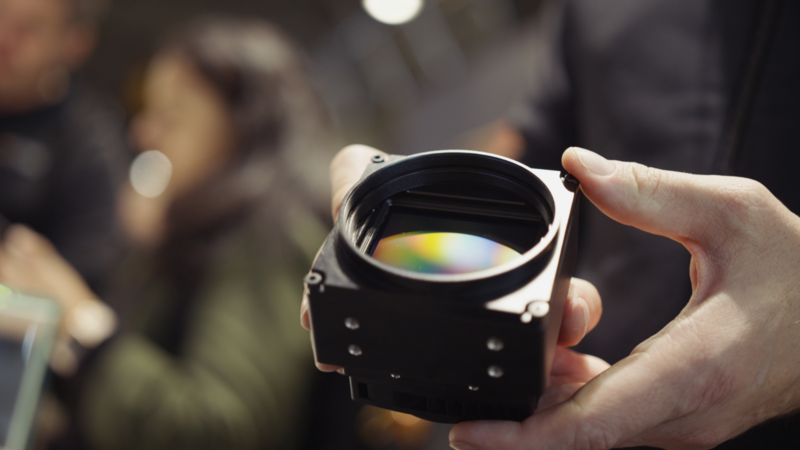
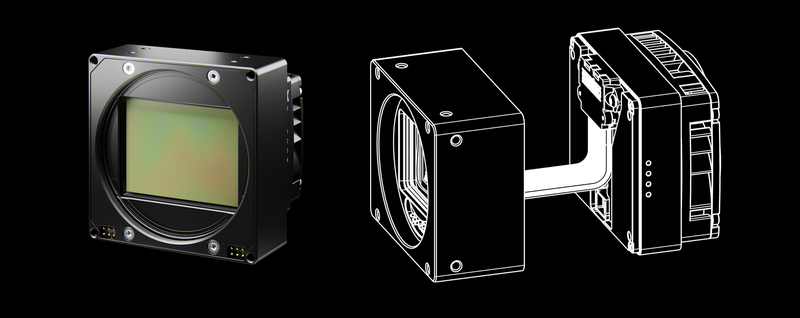
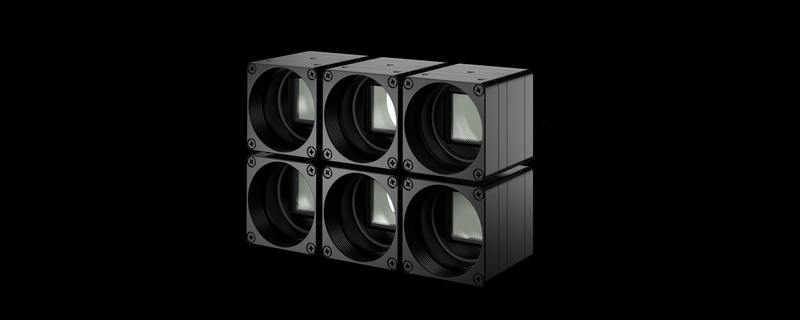
Latest articles

Join us at booth #3138!
